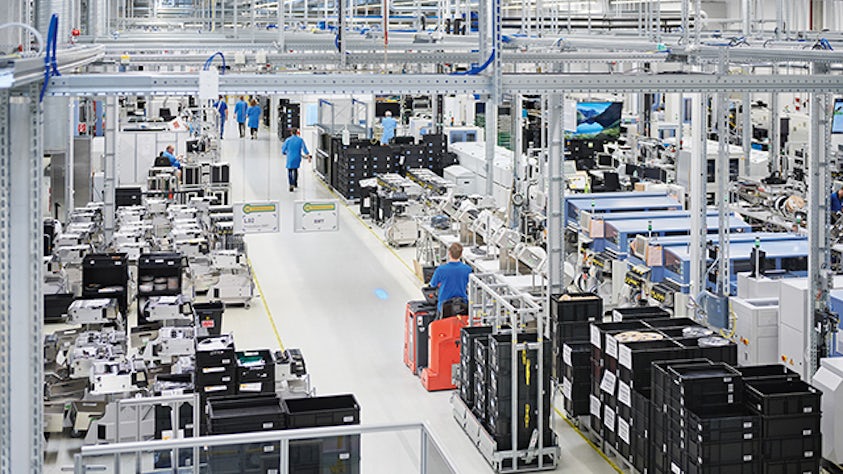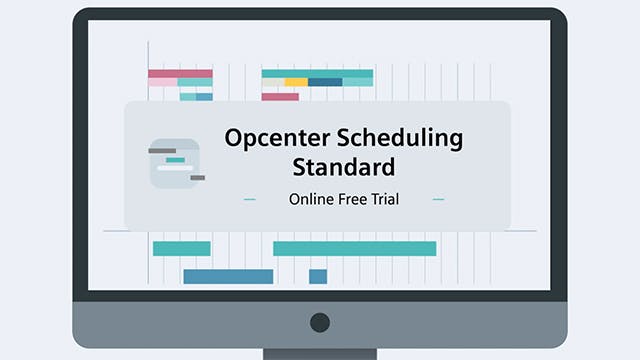DDMRP je navržen tak, aby snížil nadměrné zásoby a nedostatek ve výrobním dodavatelském řetězci. Celkový účel plánování materiálových požadavků na základě poptávky má za cíl překonat obtíže a nedostatky konvenčních plánovacích přístupů k moderním, složitým dodavatelským řetězcům.
DDMRP se liší od tradičního plánování požadavků na materiál (MRP 1) a plánování výroby na sklad (MTS), protože se méně spoléhá na prognózy. Pomáhá také překonat výzvu dlouhých dodacích lhůt spojených s plánováním výroby na zakázku (MTO). DDMRP určuje, kam v dodavatelském řetězci umístit strategické rezervy zásob a jak velké by tyto rezervy měly být.
Vyrovnávací paměti zásob používané při plánování požadavků na materiál na základě poptávky se také označují jako "oddělovací body". Je to proto, že každá zásobní rezerva pomáhá oddělit po sobě jdoucí dodací lhůty, které se jinak hromadí, a prodlužují dodací lhůty na nepřijatelnou úroveň. Pokud je například vytvořena vyrovnávací paměť zásob mezi mezilehlou, složitou součástí a montážním krokem, který tuto součást zahrnuje do hotového výrobku, pak je dodací lhůta pro hotový produkt oddělena od dodací lhůty pro složitou komponentu.
Zkrácené dodací lhůty, které nabízí plánování požadavků na materiál řízené poptávkou, pomáhají zmírnit jednu z kritických nevýhod výroby na zakázku a dalších operací typu pull. Vzhledem k tomu, že prodejní objednávky spouštějí konvenční operace MTO, všechny výrobní operace probíhají mezi časem objednávky a časem dodání. Efektivním přesunutím některých výrobních operací do období před přijetím objednávky DDMRP zkracuje dobu dodání.
Plánování požadavků na materiál řízené poptávkou čerpá z některých aspektů MRP 1 a kombinuje je s prvky z jiných výrobních postupů. Konkrétně DDMRP využívá metodu štíhlé výroby k omezení front při každé operaci a důraz na snížení variability ze Six Sigma ve výrobě.
Související produkty: Řešení Opcenter pro pokročilé plánování a rozvrhování


